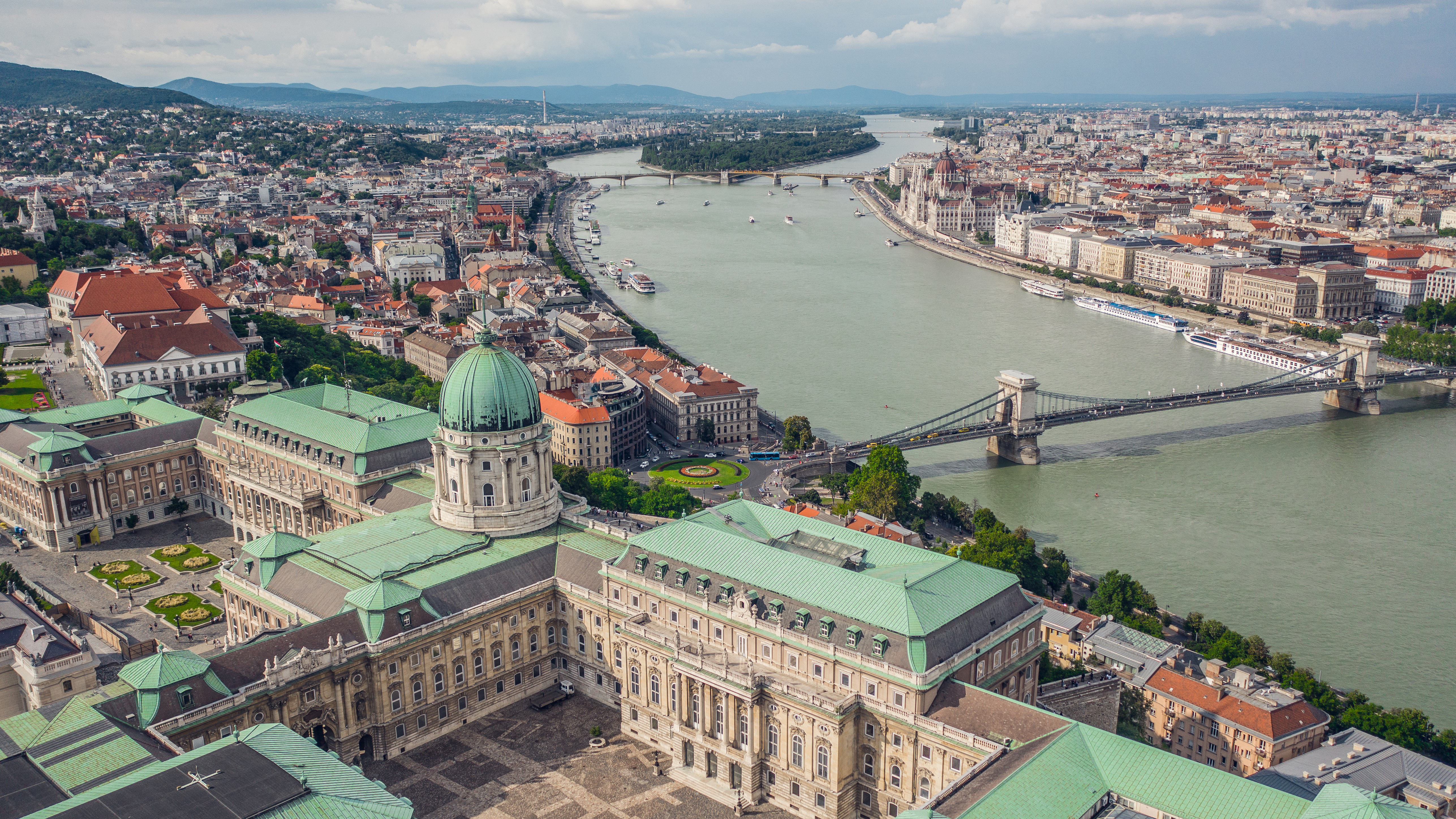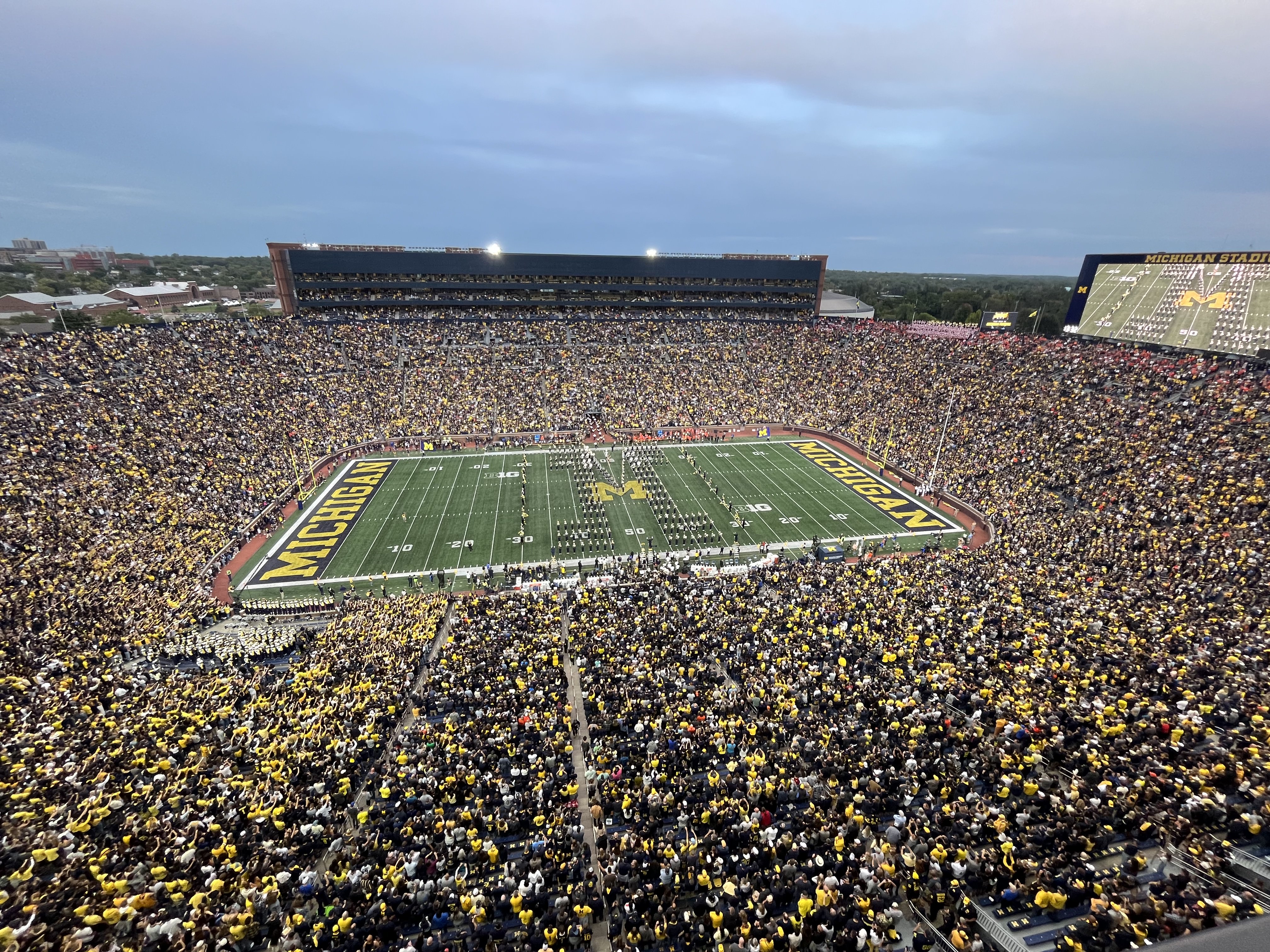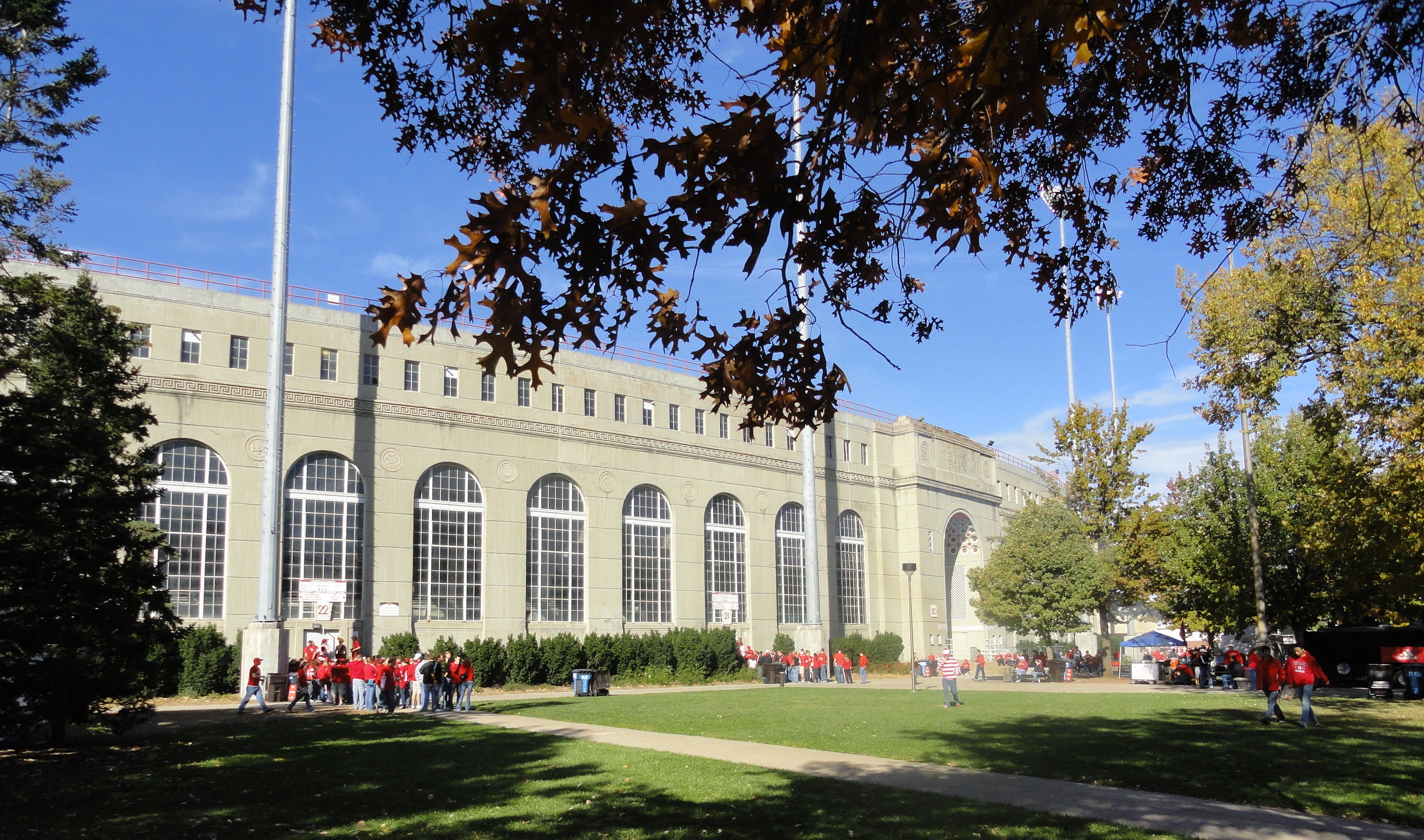11 Forgotten Industrial Ruins That Are Now Unique Art Installations
Rust belts and ghost factories littering our landscapes often evoke decay, but visionary artists see canvases. Across the globe, forgotten industrial behemoths – coal mines, power plants, textile mills – are being radically reimagined. These aren't just prettified ruins; they are sites of powerful dialogue, where art grapples with complex histories of labour, innovation, environmental impact, and obsolescence. This list explores 11 specific transformations where ingenuity meets industry's specter. Prepare to witness how light, sound, sculpture, and even living organisms can breathe provocative new life into the skeletal remains of our industrial past, challenging us to see beauty and meaning in unexpected places.
1. Gasometer Oberhausen, Germany: Echoes in the Steel Giant
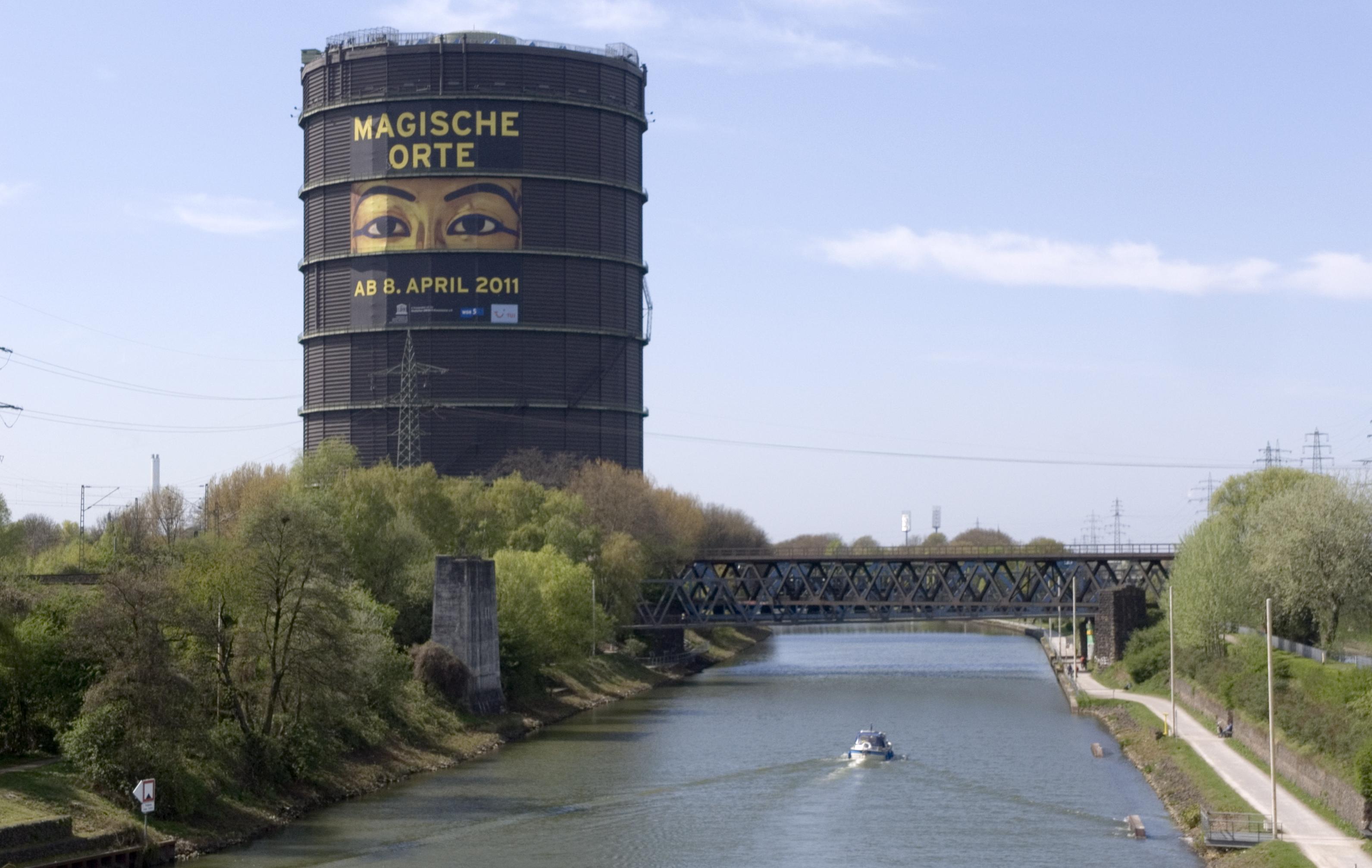
Once Europe's largest gas holder, this colossal steel drum didn't rust away. Instead, it became a cathedral of industrial art. Its immense, dark interior hosts rotating large-scale installations, often using light and sound to play with the unique scale and acoustics. Imagine Christo's "Big Air Package" filling the void, or projections creating otherworldly environments. The ingenuity lies in using the overwhelming scale not as a limitation, but as the central element, transforming a relic of fossil fuel energy into a space for awe-inspiring sensory experience and reflection on industrial legacy.
2. Zeche Zollverein, Essen, Germany: Bauhaus Meets Coal Dust
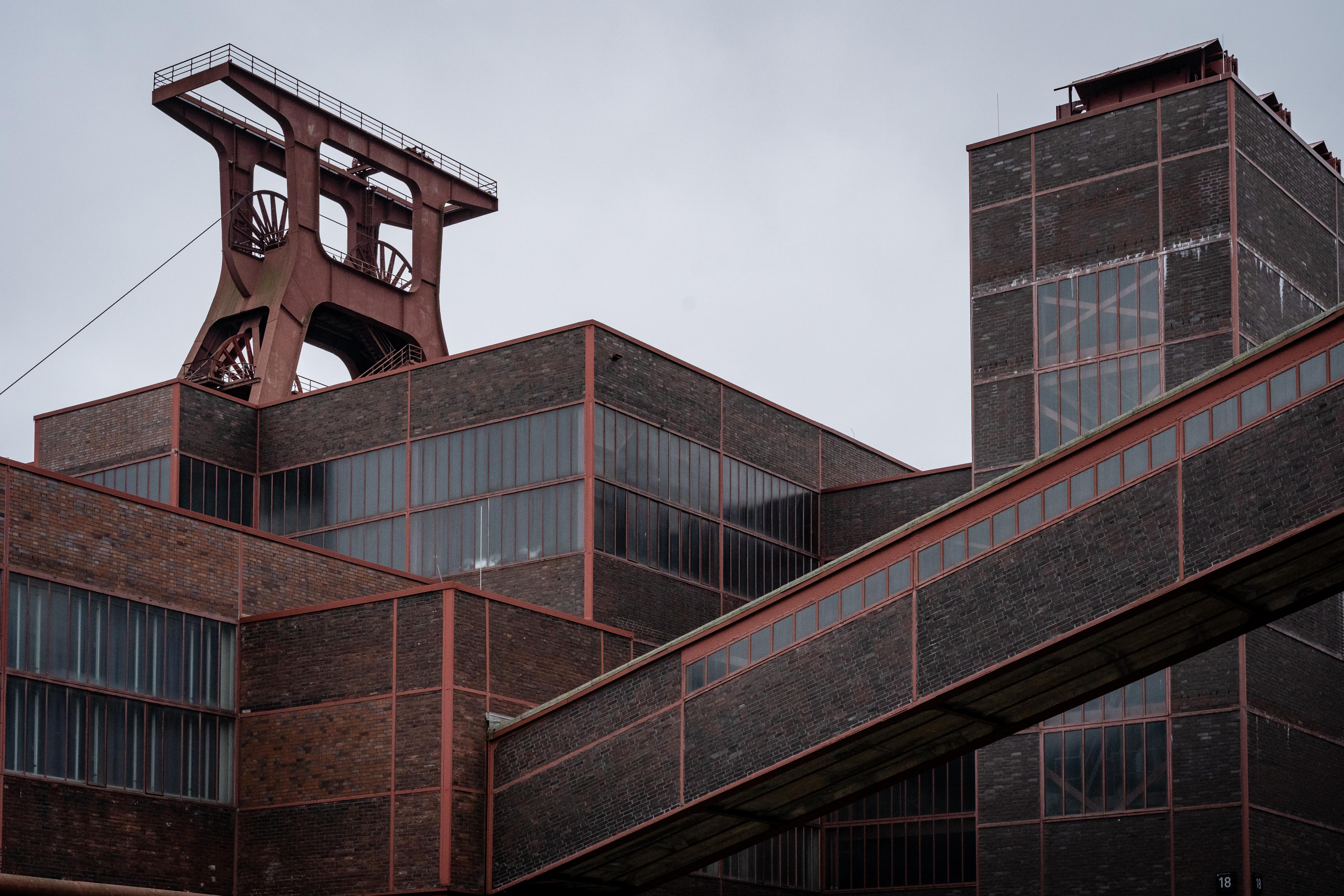
This former coal mine complex, a UNESCO World Heritage site, is a masterclass in adaptive reuse, integrating art throughout its preserved Bauhaus-influenced structures. Beyond museum exhibits, site-specific installations often appear – perhaps light art emphasizing the stark geometry of the pithead frames, or sound pieces echoing the miners' toil within the echoing wash house. The genius is the integration, where industrial design history and contemporary art comment on each other, preserving the formidable aesthetic while fostering new cultural energy directly within the beautifully stark, functionalist architecture.
3. MASS MoCA, North Adams, USA: Mill Town Renaissance

Housed in a sprawling 19th-century factory complex, the Massachusetts Museum of Contemporary Art (MASS MoCA) uses the raw industrial architecture – vast halls, exposed brick, weathered beams – as integral parts of its large-scale installations. Artists like Sol LeWitt have created works specifically responding to the space. The ingenuity isn't erasing the past, but leveraging the massive scale and industrial character. Visiting isn't just seeing art; it's experiencing how contemporary vision engages directly with the physical memory of American industry, creating dynamic tension and unparalleled viewing spaces.
4. Landschaftspark Duisburg-Nord, Germany: Blast Furnace Illumination
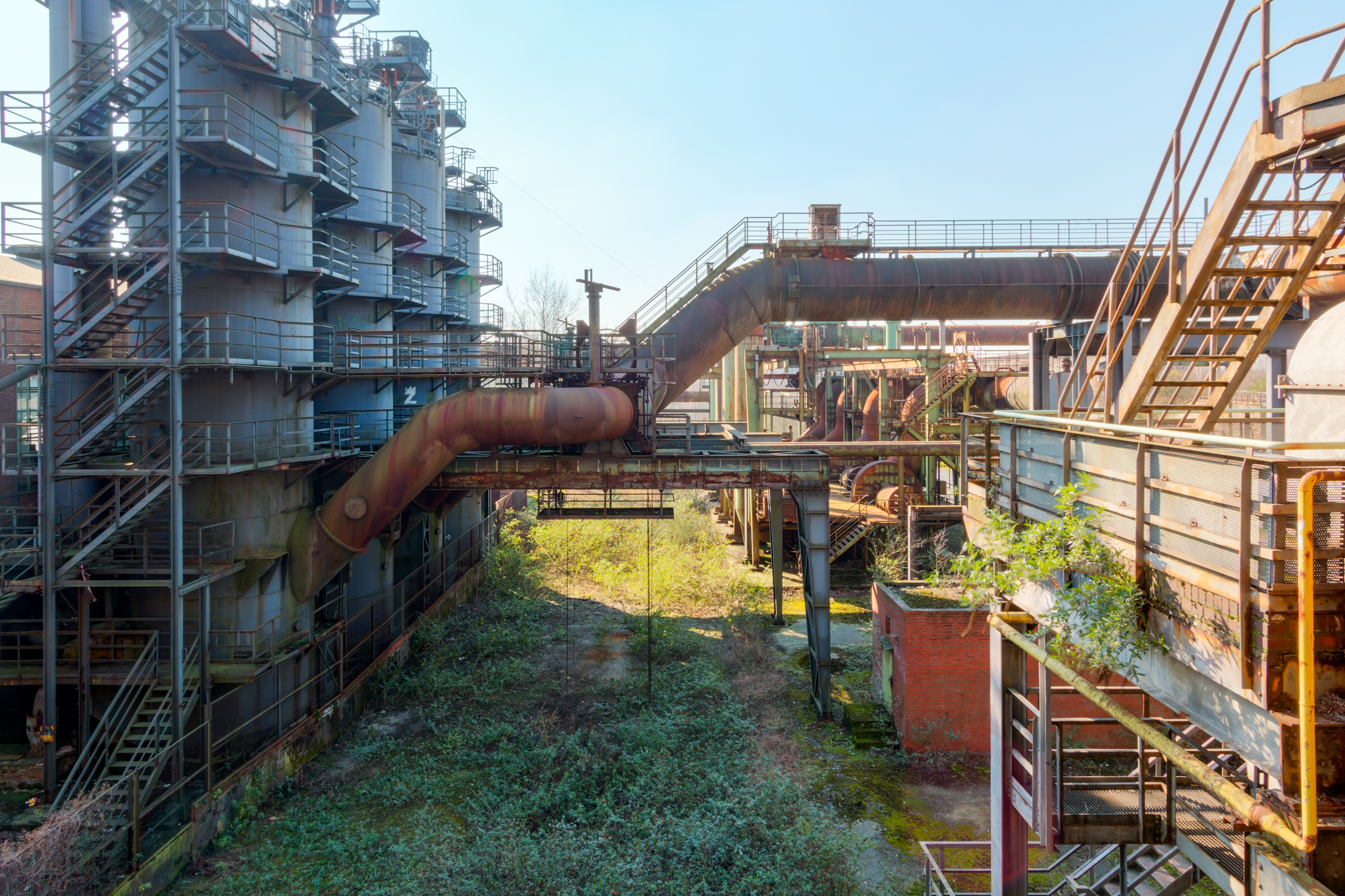
This decommissioned ironworks wasn't demolished; it was reborn as a public park where industrial ruins become sculptural elements. The most striking feature is the nightly light installation by Jonathan Park. Blast furnaces, ore bunkers, and smokestacks are bathed in vibrant, shifting colours – reds, blues, greens – transforming the brutal structures into ethereal objects against the night sky. It's ingenious because the light doesn't hide the rust and decay; it celebrates the forms, turning symbols of heavy industry into points of unexpected nocturnal beauty and public enjoyment.
5. Carrières des Lumières, Les Baux-de-Provence, France: Quarry Canvas
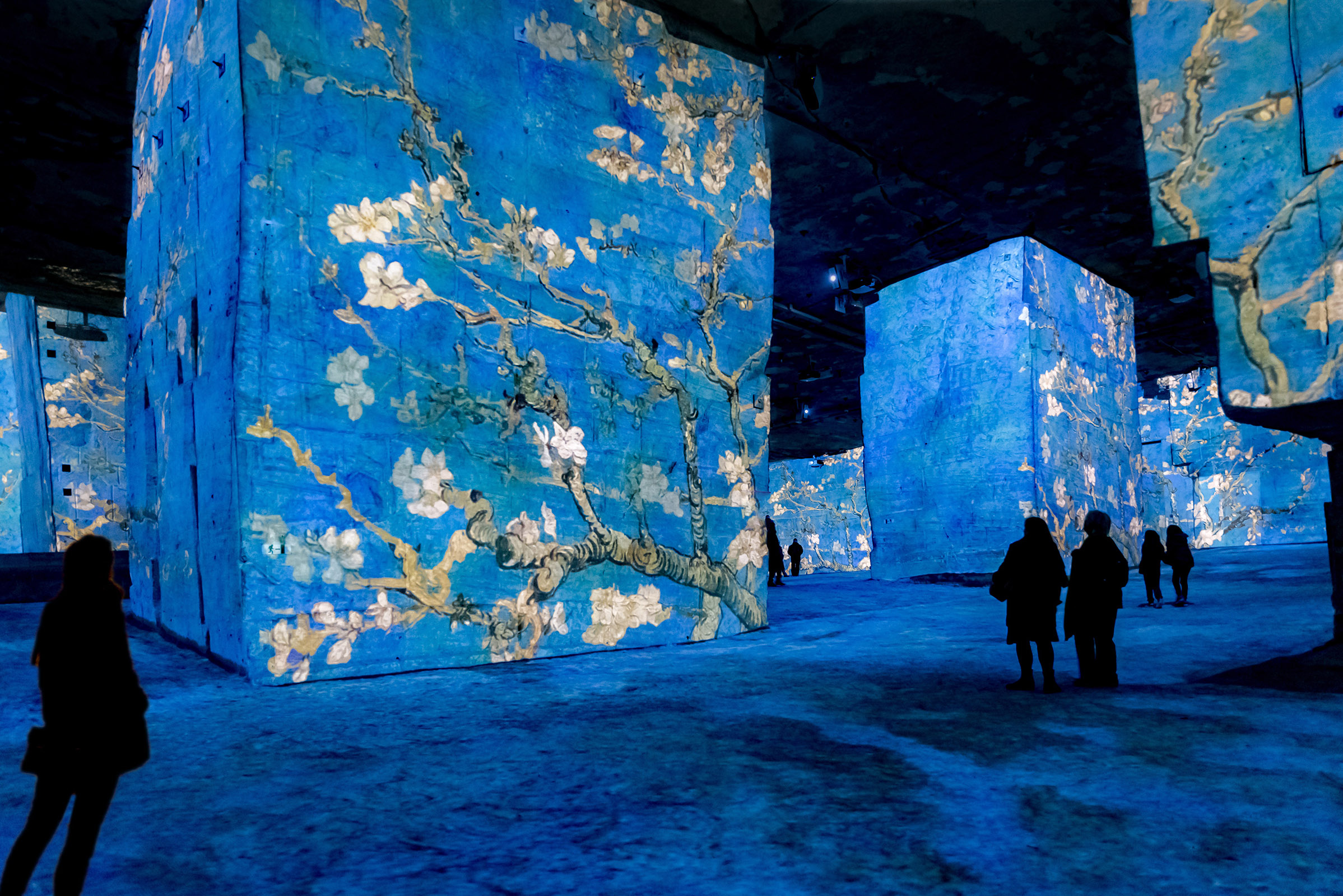
Set within vast, ancient limestone quarries, this installation projects masterpieces of art onto the immense, irregular stone walls, floor, and pillars. Imagine Van Gogh or Klimt swirling around you in a cool, subterranean world, choreographed to music. The ingenuity lies in using the quarry's unique, cave-like environment – the texture of the stone, the scale, the darkness – as an immersive, three-dimensional canvas. It transforms an excavated industrial space into a breathtaking, dynamic gallery where viewers walk through the art, completely enveloped by light, sound, and history.
6. Silo Art Trail, Australia: Prairie Giants Reimagined
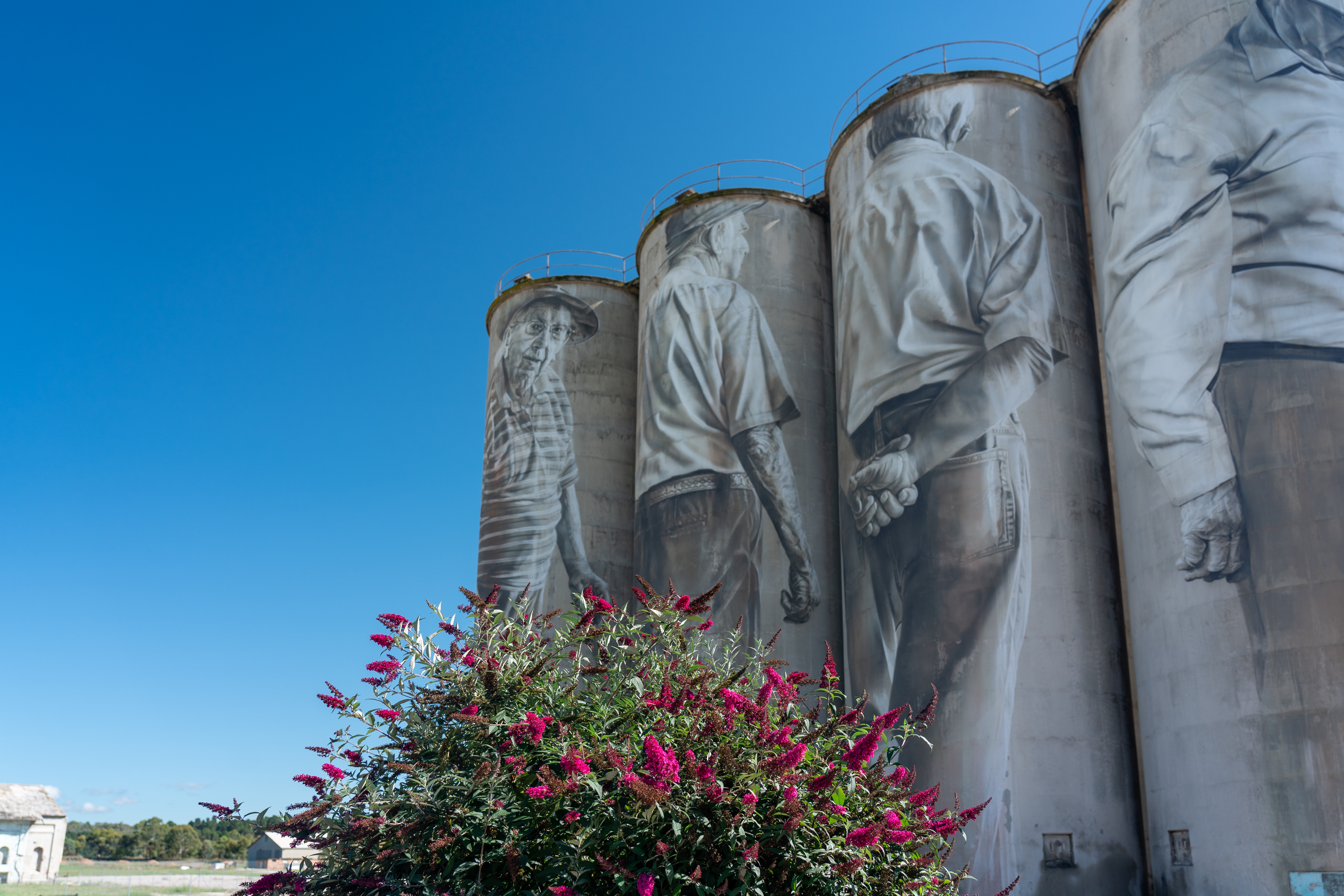
Stretching across rural Victoria, this project transforms towering grain silos – icons of agricultural industry – into monumental canvases for stunning murals by renowned street artists. Each silo tells a story, often depicting local figures, history, or wildlife, turning functional structures into landmarks that revitalize small towns. The ingenuity is twofold: using the silos' challenging cylindrical form to create perspective-bending art, and using art as an economic and cultural driver, drawing visitors deep into Australia's wheat belt. It’s landscape-scale portraiture celebrating community on industrial architecture.
7. Salina Turda, Romania: Salt Mine Amusement & Art
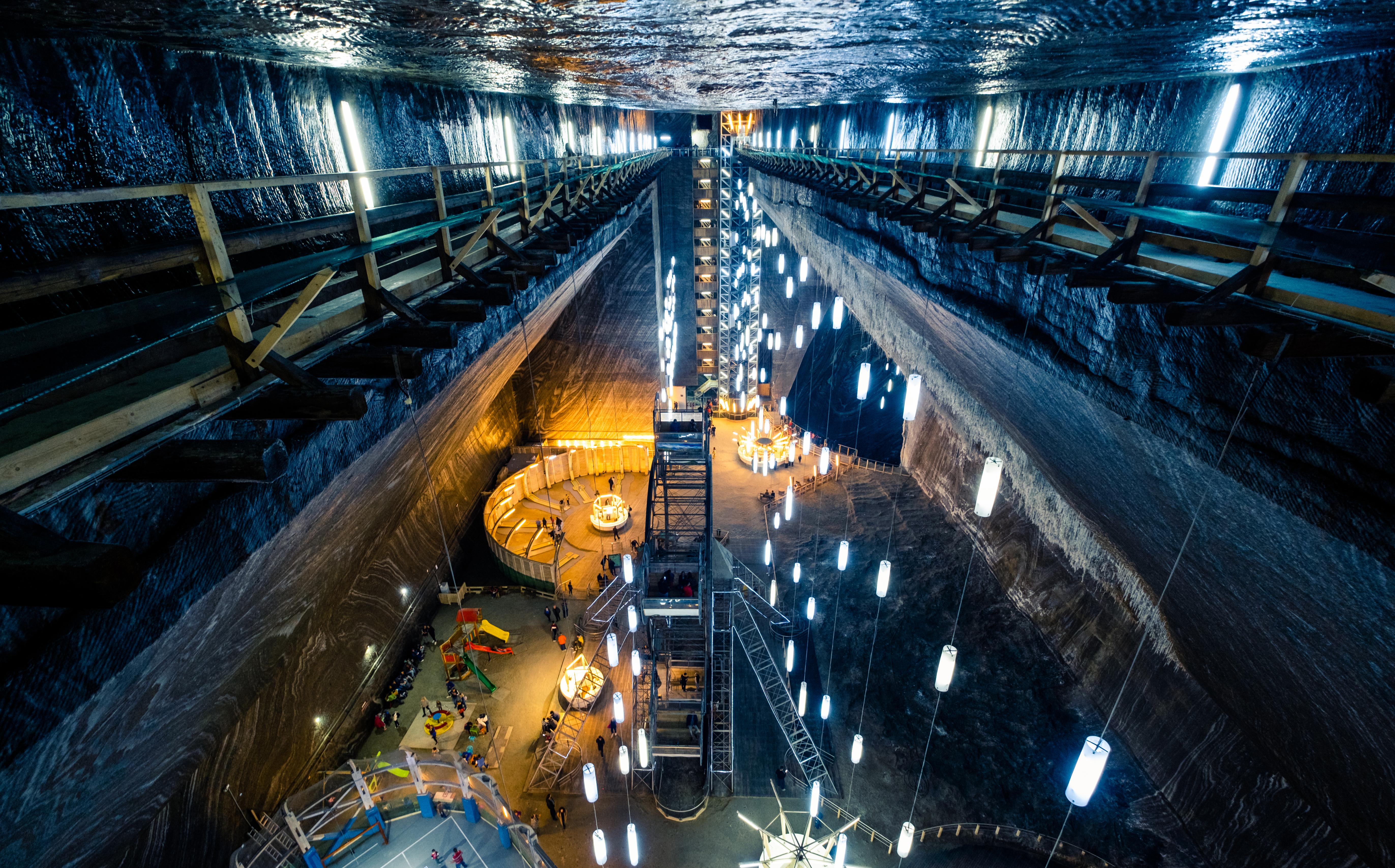
This ancient salt mine has undergone a surreal transformation into an underground theme park and art space. While featuring attractions like a Ferris wheel and boating lake deep within its caverns, minimalist light installations accentuate the immense scale and the abstract patterns carved by decades of salt extraction. The lighting design highlights the natural and industrial textures, turning vast chambers into contemplative spaces alongside the amusement. It’s an ingenious, if unconventional, blend of preserving industrial heritage, creating tourism, and using artistic lighting to enhance the otherworldly subterranean environment.
8. "The Heidelberg Project," Detroit, USA (Conceptual Overlap): Urban Decay as Canvas
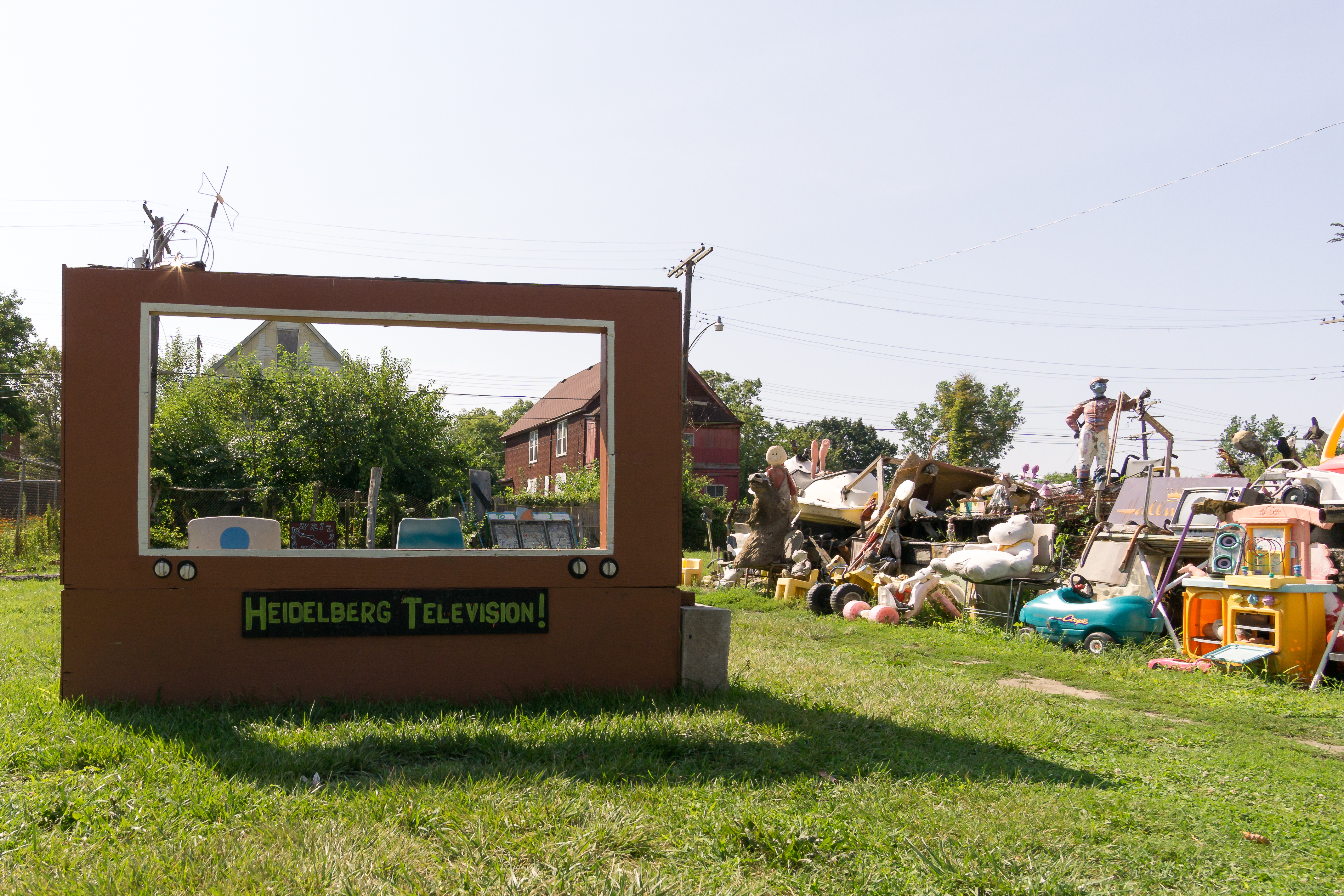
While involving houses more than specific industrial ruins, the spirit of Tyree Guyton's Heidelberg Project informs this category. Imagine applying its philosophy – using found objects, bright paint, and surreal assemblages – to an abandoned Detroit factory complex. Picture rusted machinery adorned with colourful scraps, factory walls becoming canvases for community-driven murals expressing resilience and memory. The ingenuity, inspired by Heidelberg, would be in the raw, defiant transformation of industrial blight into a vibrant, evolving folk-art statement, directly confronting decay with creativity born from the community itself.
9. Cementland (Conceptual), St. Louis, USA: Sculptor's Industrial Playground
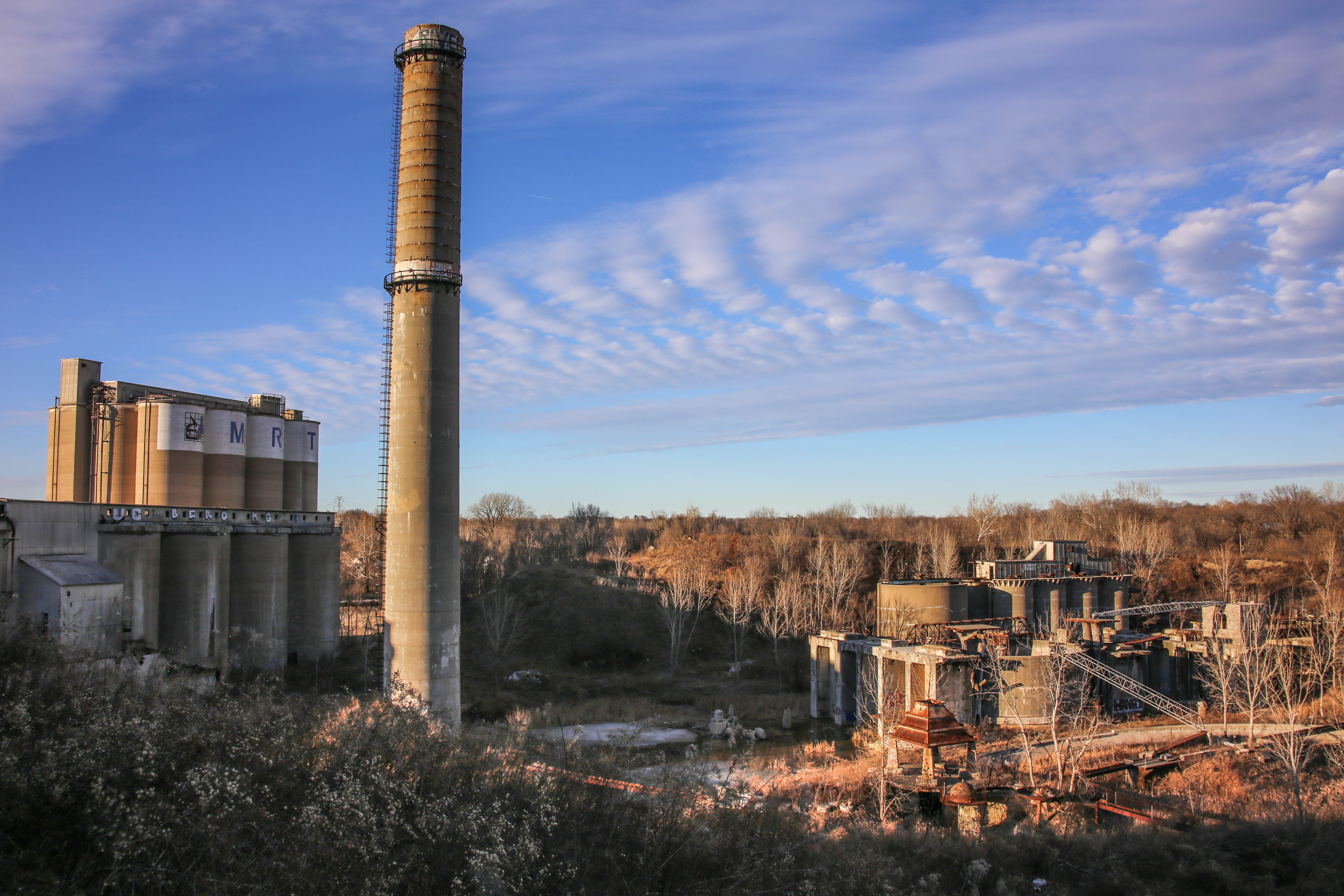
The late Bob Cassilly's unfinished magnum opus, built in an abandoned cement factory, aimed to be a sprawling landscape of repurposed industrial machinery, concrete structures, and climbable sculptures. Though incomplete and tragically marred, its vision was ingenious: transforming the detritus of industry – kilns, silos, conveyors – into a fantastical, interactive art environment. It represents the ultimate artist-driven reclamation, seeing potential for play and wonder not despite the industrial ruin, but because of it, envisioning a surreal playground built from the bones of production.
10. Chemnitz Industrial Museum Courtyard, Germany: Machines as Sculpture
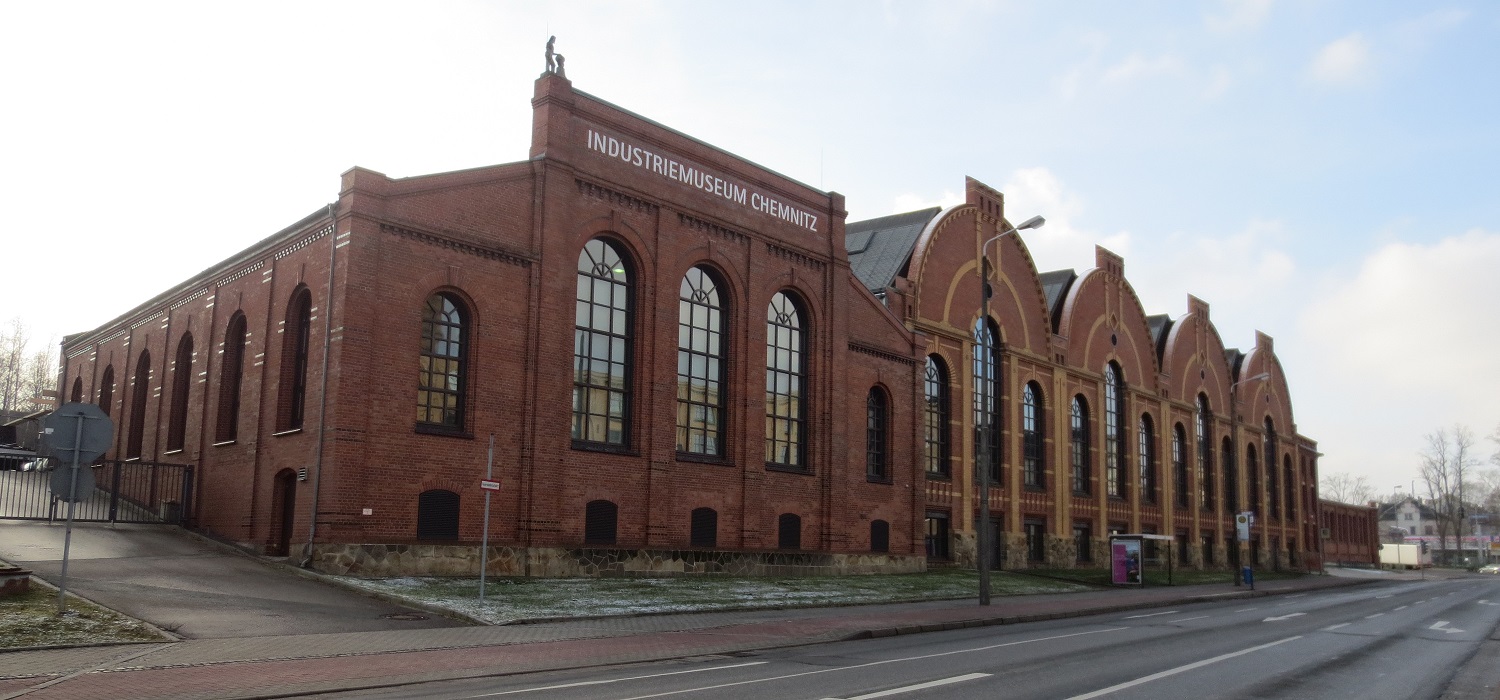
Rather than hiding its past, the courtyard of this museum, housed in a former foundry, displays massive historical industrial machines – steam engines, turbines, presses – like intentional sculptures. Cleaned and contextually lit, these functional objects are presented for their aesthetic form, celebrating the design and engineering inherent in industrial history. The ingenuity is simple curation: treating the powerful forms of obsolete technology as found art, allowing visitors to appreciate the sculptural beauty and imposing presence of the machines that once drove the region's economy, displayed in their original context.
11. Spreepark, Berlin, Germany: Amusement Park Ghosts & Art

This abandoned Cold War-era amusement park in Berlin is slowly being reclaimed, partly through curated art interventions. Imagine eerie light installations illuminating the decaying Ferris wheel, sound art playing distorted calliope music near the fallen roller coaster, or sculptures made from ride components hidden in the overgrown paths. The ingenuity lies in engaging with the specific type of ruin – a place of manufactured joy now silent and decaying. Art here doesn't erase the kitsch or the creepiness; it interacts with it, exploring themes of nostalgia, abandonment, and nature's reclamation of human constructs.
Giving Ruins a New Voice Through Art
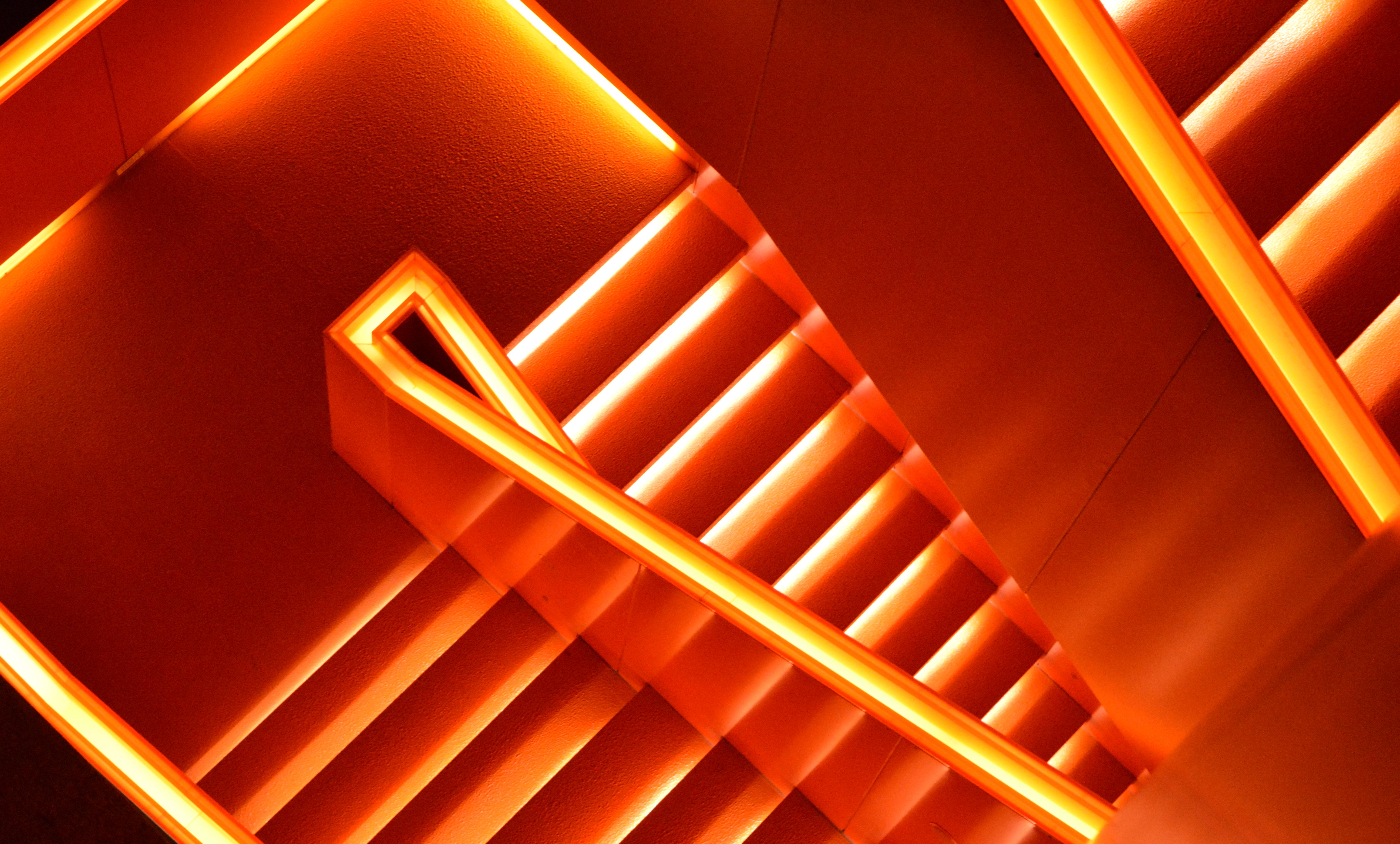
From illuminated blast furnaces to quarries filled with projected masterpieces, these transformations prove that industrial ruins are far from barren. They are fertile ground for artistic ingenuity, offering scale, texture, and historical weight that conventional galleries cannot match. The art born in these spaces forces a reckoning with our industrial past – its triumphs, its costs, its ghosts. By engaging with these installations, we don't just see decay arrested; we witness dialogues between eras, materials, and ideas. These sites become unique destinations, reminding us that beauty can be found in resilience, and that even forgotten giants can be taught to sing again.

